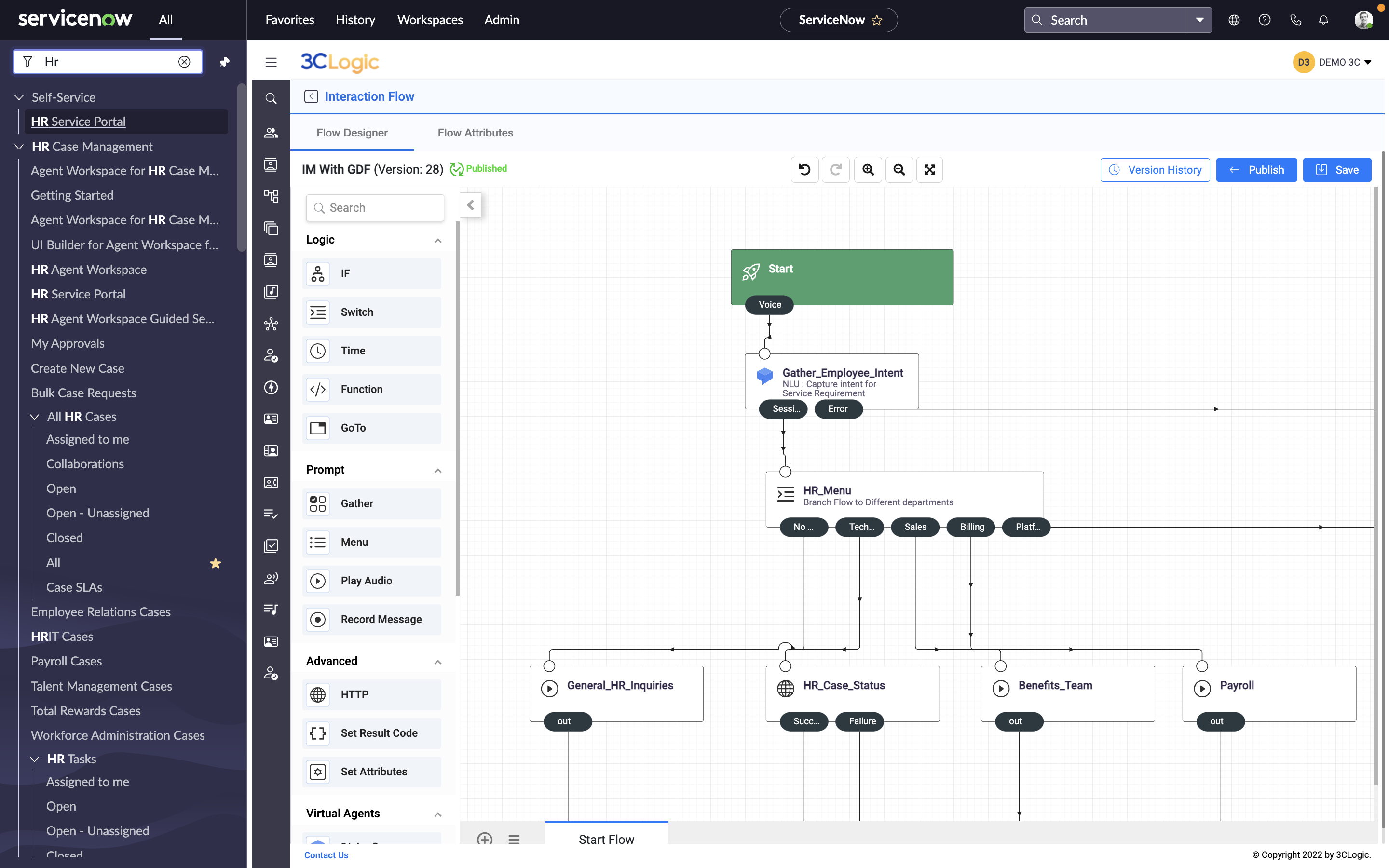In today’s customer-centric world, responsiveness isn’t just a goal, it’s a necessity. Yet after navigating sophisticated IVRs or AI assistants, most callers hit a static queue where personalization stops and everyone waits the same. Even though a Gartner survey shows self-service now resolves 14% of all issues (and 36% of very simple ones), the vast majority still need a live agent and long hold times rank among their top three frustrations.
But what if your call queues could adapt in real time – just like your customers’ needs?
What is Dynamic Call Queueing?
Dynamic queueing in a contact center is a real-time, data-driven approach to managing incoming calls that continuously adapts who waits, how long they wait, and what they experience while waiting, based on live conditions and customer context. Unlike static queues (where callers line up in a first-in-first-out “holding tank” until the next available agent), dynamic queueing treats the queue itself as an active routing component, capable of making intelligent decisions throughout the call’s wait.

Why does it matter?
Dynamic call queueing turns hold time into a strategic advantage. By continuously reprioritizing calls, adapting voice workflows, and offering callbacks, organizations drastically reduce both actual and perceived wait times, transforming every hold into an opportunity to engage and impress customers.
When paired with a CRM platform (e.g., ServiceNow) its impact multiplies. Real-time ticket and customer data power smarter routing (e.g., pushing high-priority incidents or SLA breaches to the front) and fuel personalized in-queue updates (e.g., progress on change requests, targeted knowledge-article links, etc.). The result? Callers reach the right agent faster, first-call resolution soars, and customizable messages and self-service options turn idle minutes into proactive support. All while agents stay focused on the interactions that matter most.
Key Characteristics and capabilities:
- Real-time Prioritization: Calls can be re-ordered on the fly based on changing factors (e.g., VIP status, ticket urgency, or latest CRM updates) instead of purely arrival time.
- Live Agent Matching: Rather than assigning to the next free agent only, the system evaluates skills, certifications, or even longest-idle time to find the best available match at the moment the caller reaches the front.
- Adaptive Fallback Logic: If preferred agents aren’t available after a configurable timeout, calls automatically reroute through multi-step fallbacks (e.g., from specialists to generalists) without manual intervention.

- Contextual In-Queue Experience: While waiting, callers receive targeted messages such as outage alerts, personalized status updates, or links to relevant self-service resources pulled dynamically from the CRM or ticketing system (e.g., ServiceNow) .
- Proactive Callbacks & Deflection: If estimated wait times exceed thresholds, callers get automated options (e.g., schedule a callback, receive an SMS link to a knowledge article, or choose to hold for their preferred agent)
- No-Code Configuration: Drag-and-drop user interfaces make it easy to define any queue logic visually. No scripting needed.
Final Thoughts
In a world where timeliness and personalization define customer loyalty, static hold queues simply can’t keep pace. Dynamic Call Queueing turns every moment of waiting into an opportunity, slashing hold times, delivering tailored messages, and ensuring callers connect with the right expert rather than simply the next available one. By transforming “on hold” into “help now,” organizations reduce abandonment, boost first-call resolution, and empower agents to focus on high-value interactions. It’s time to leave one-size-fits-all waits behind and embrace a smarter, more responsive future for every caller.




